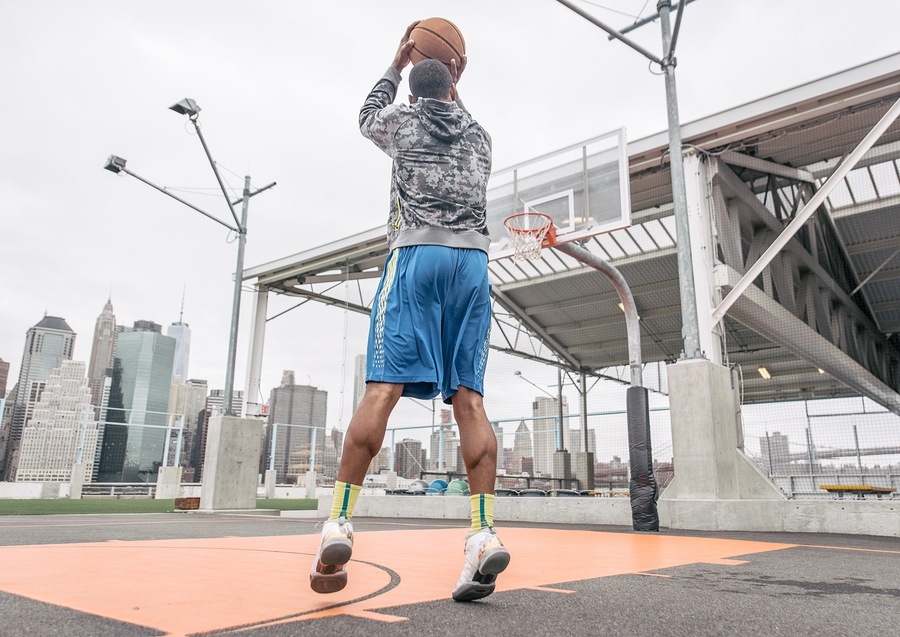This post is for those that are looking for patellar tendinitis treatment in Visalia or Hanford.
Patellar tendinitis, which is often referred to as jumper’s knee, is a type of painful overuse injury to the tendon that connects the kneecap (patella) to the shinbone (tibia).
As the name implies, athletes in any sports that involve a significant amount of jumping—like basketball, volleyball, high jump, and soccer—are at an increased risk for developing jumper’s knee. All the jumping, landing, and changing direction that are part of these sports can strain or damage the patellar tendon, which is problematic.
Jumper’s Knee (Patellar Tendinitis) Comes from Excessive Stress
Too much stress on this tendon can create small tears, and over time, these tears can add up and eventually lead to symptoms. The most common symptoms of jumper’s knee are pain just below the kneecap, stiffness in the knee (especially while jumping, kneeling, or climbing stairs), pain in the thigh muscles (quadriceps) or weakness in the legs or calves. When this pain progresses, it will usually interfere with one’s ability to participate in sports or perform normal daily activities.
While some athletes might shrug off jumper’s knee and continue participating in sports, this strategy can be dangerous. Jumper’s knee is a serious injury, and pushing through the pain will only lead to larger tears and more pain, making the injury even more difficult to treat. Instead, one of the best choices you can make is to address your condition right away with a course of physical therapy. Physical therapists provide movement-based strategies that will alleviate your symptoms and improve your functional abilities. A typical treatment program for jumper’s knee will consist of the following:
- Manual (hands-on) therapy techniques
- Stretching exercises to reduce muscle spasms and increase flexibility
- Strengthening exercises for your quadriceps and calves, which will build leg strength and help prevent further injury
- Taping techniques to realign the patella
- Education on how to best return to sports in a gradual and safe manner
The Benefits of Seeing a Physical Therapist that’s an Expert in Patellar Tendinitis Treatment
The benefits of physical therapy for jumper’s knee are frequently supported by medical literature. In one study published in 2016, which was the first of its kind, 29 jumping athletes with knee pain underwent two types of exercises (isotonic and isometric) that are often used in physical therapy. The conclusion states:
This is the first study to show a decrease in patellar tendon pain without a modification of training and competition load and the first study to investigate isometric exercises in a clinical setting.
Most patients who actively rehabilitate from jumper’s knee will eventually be able to return to their sport symptom-free, but the first step is seeking out help. So, if you’re involved in a jumping sport or are experiencing any pain in your knees, we can get you started.
Call us today for more information or to schedule an appointment
Click here for the contact information from our two clinics.

